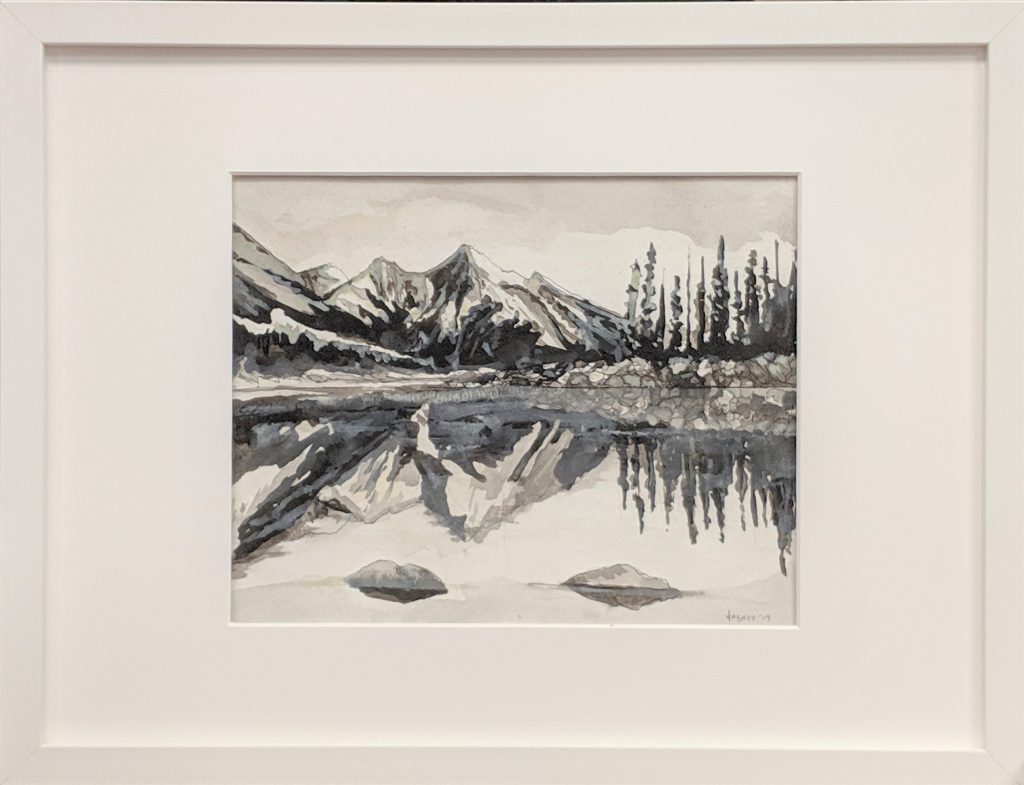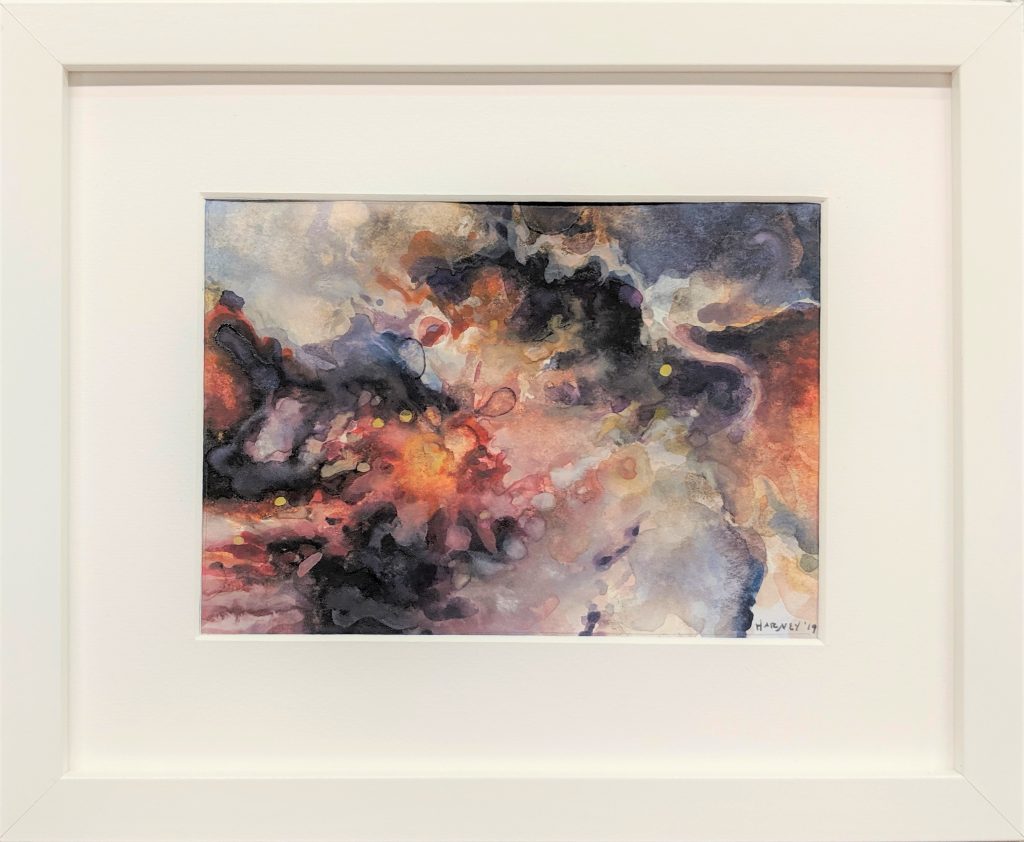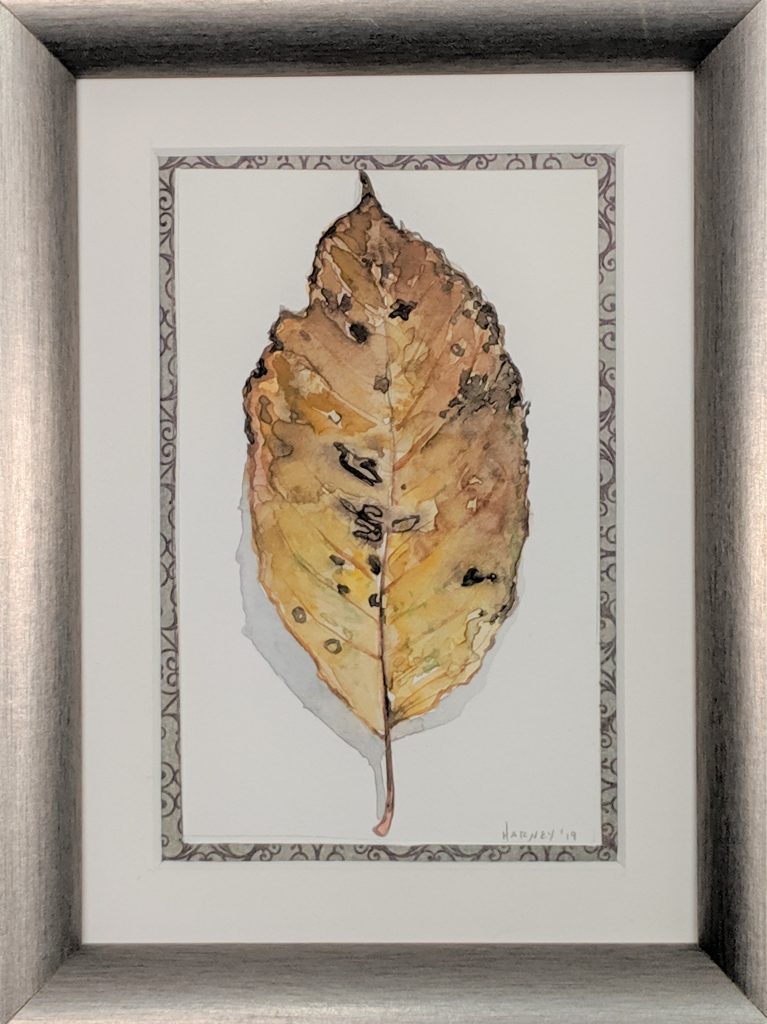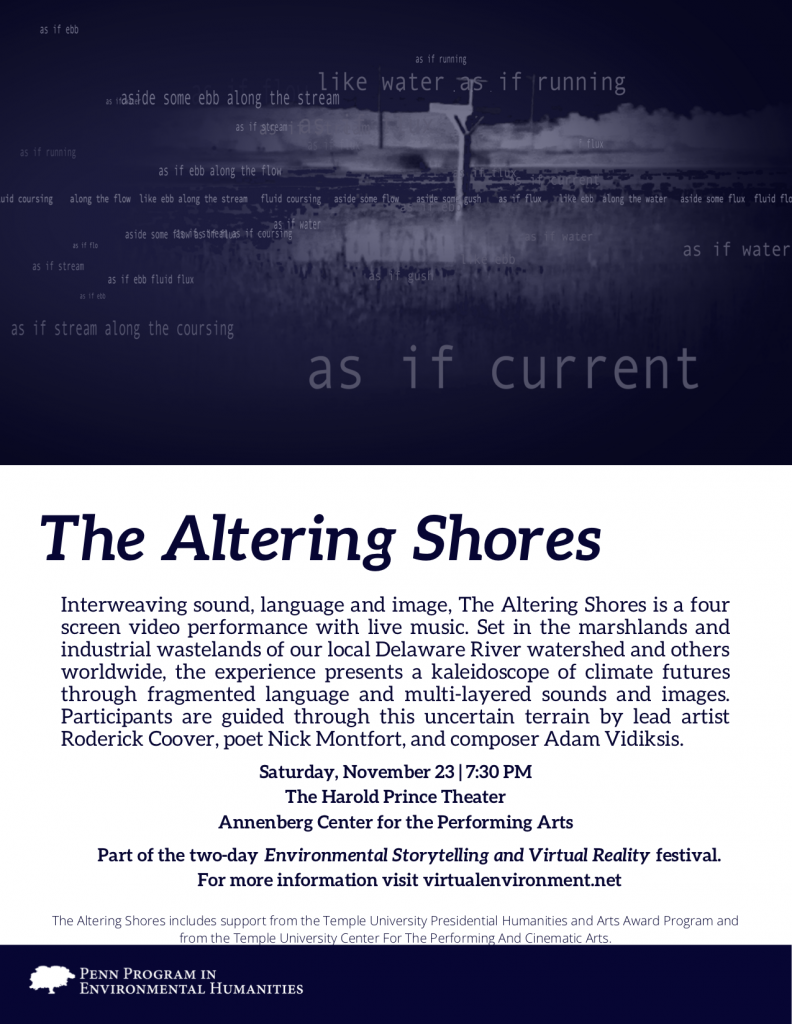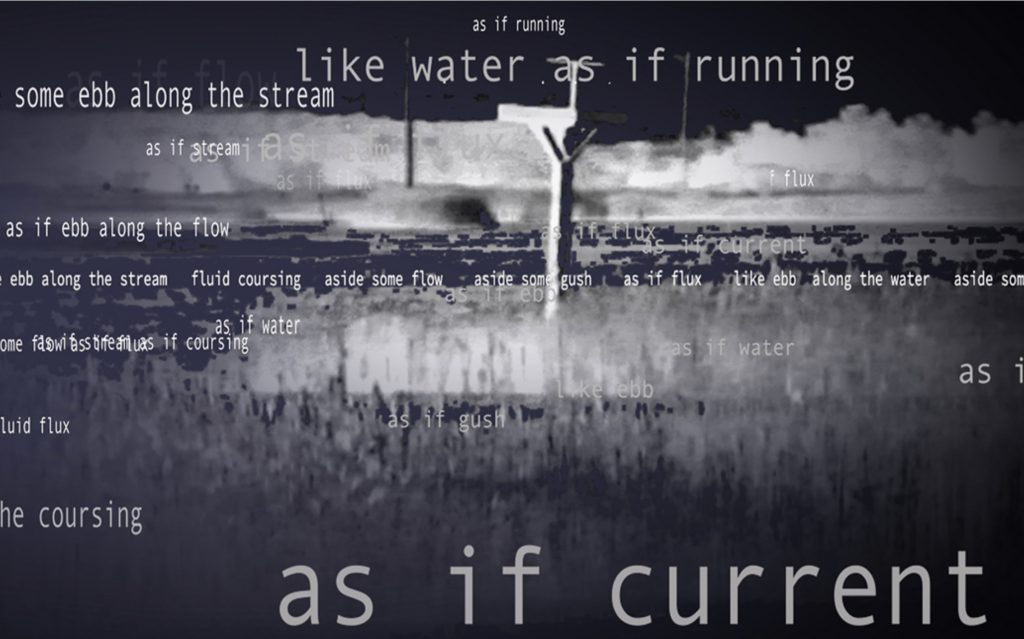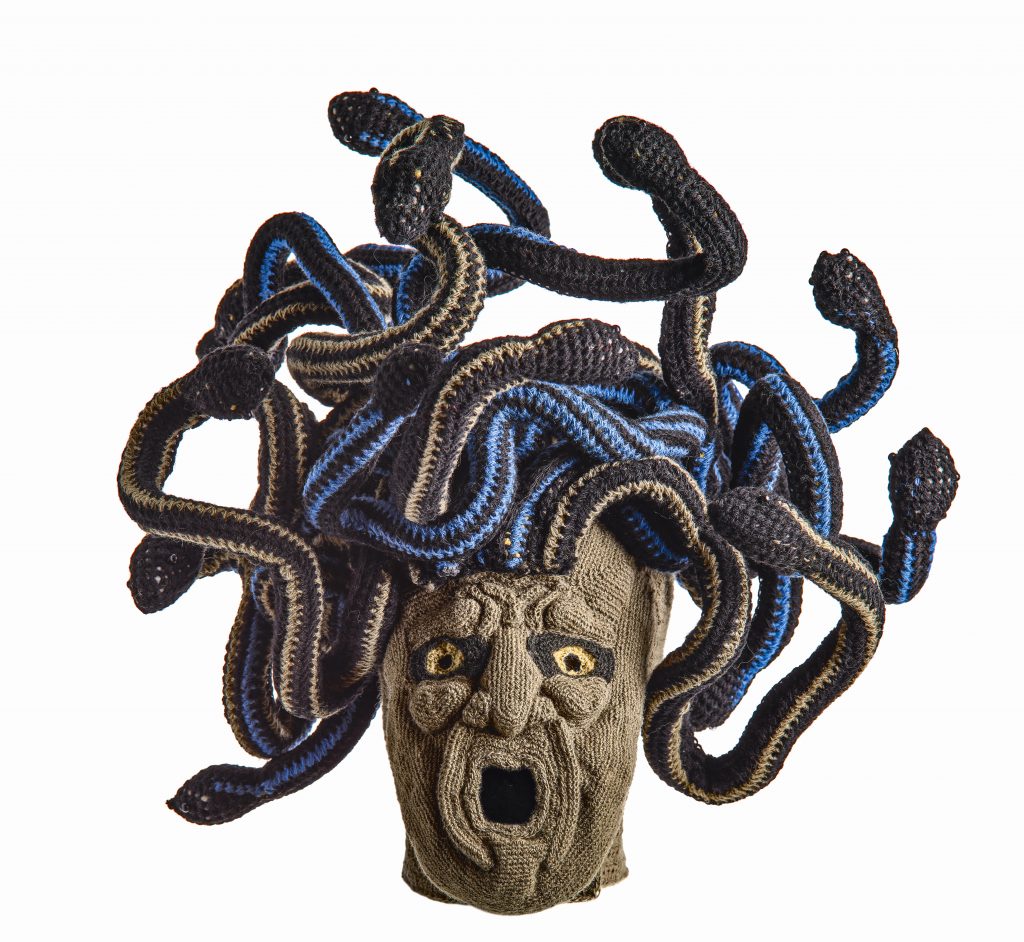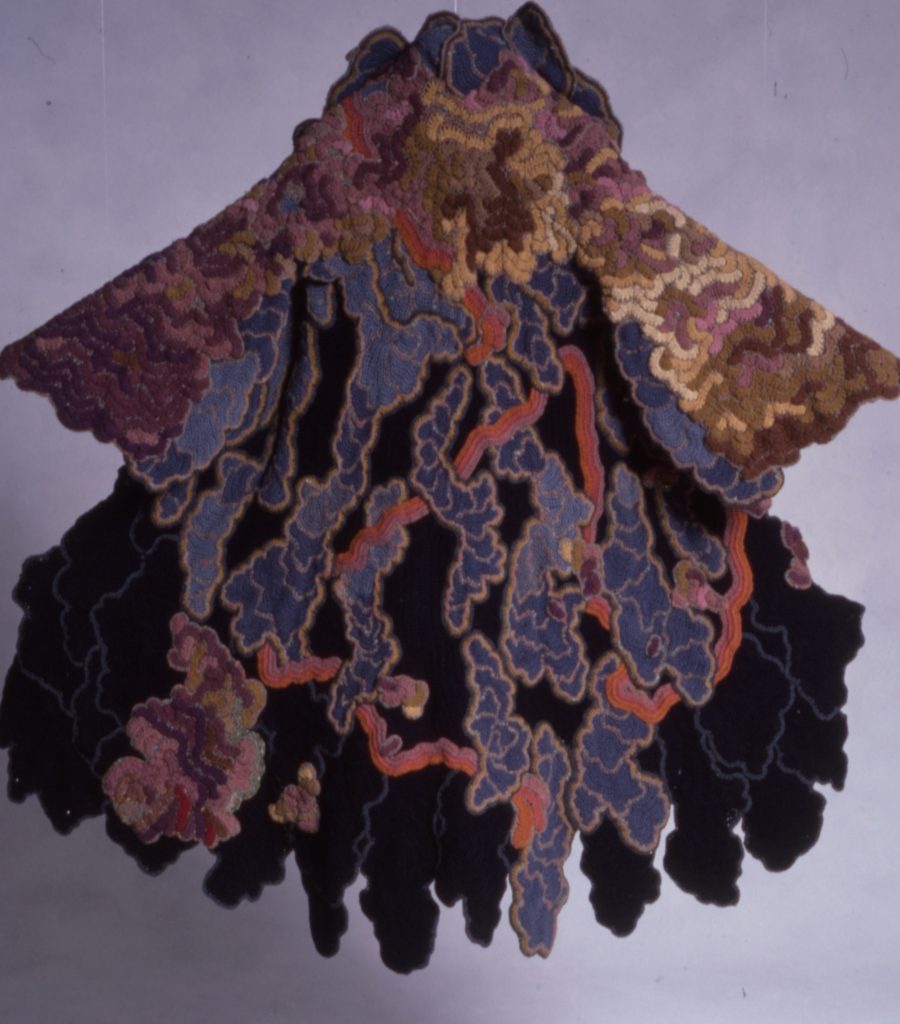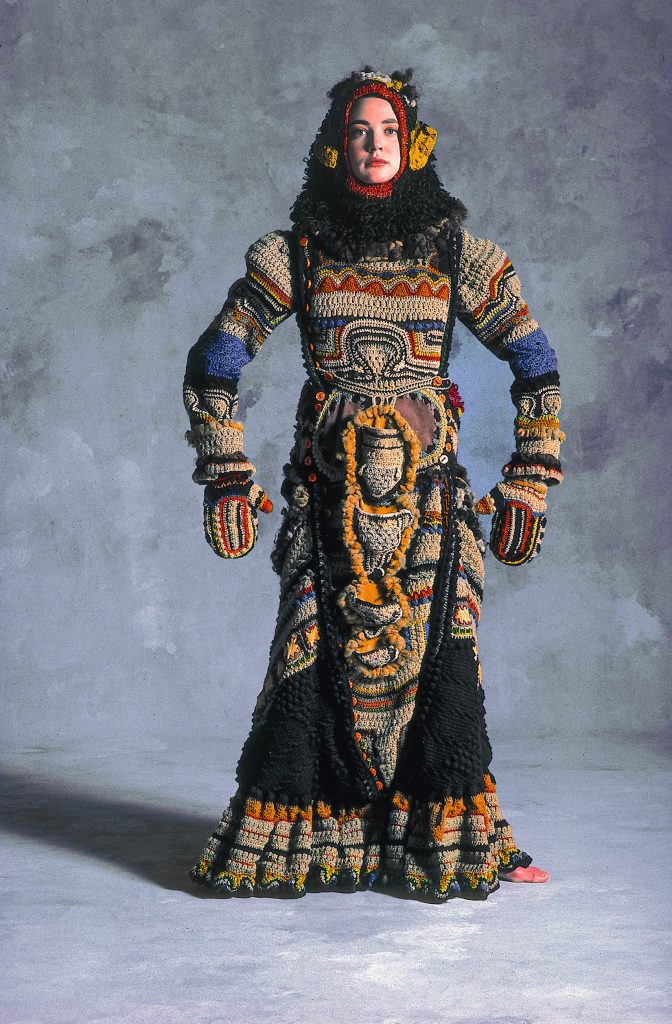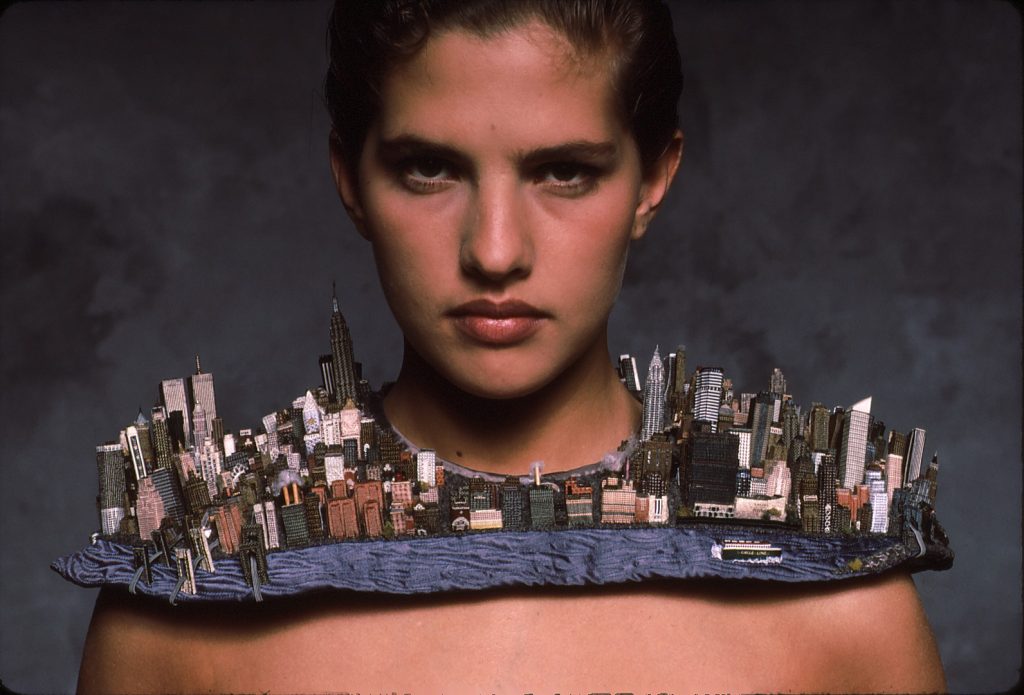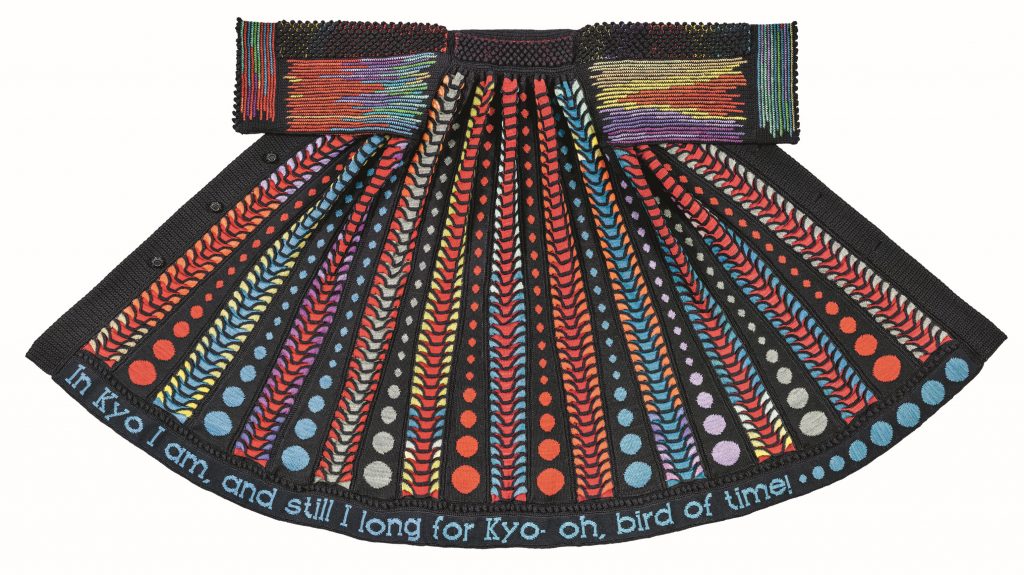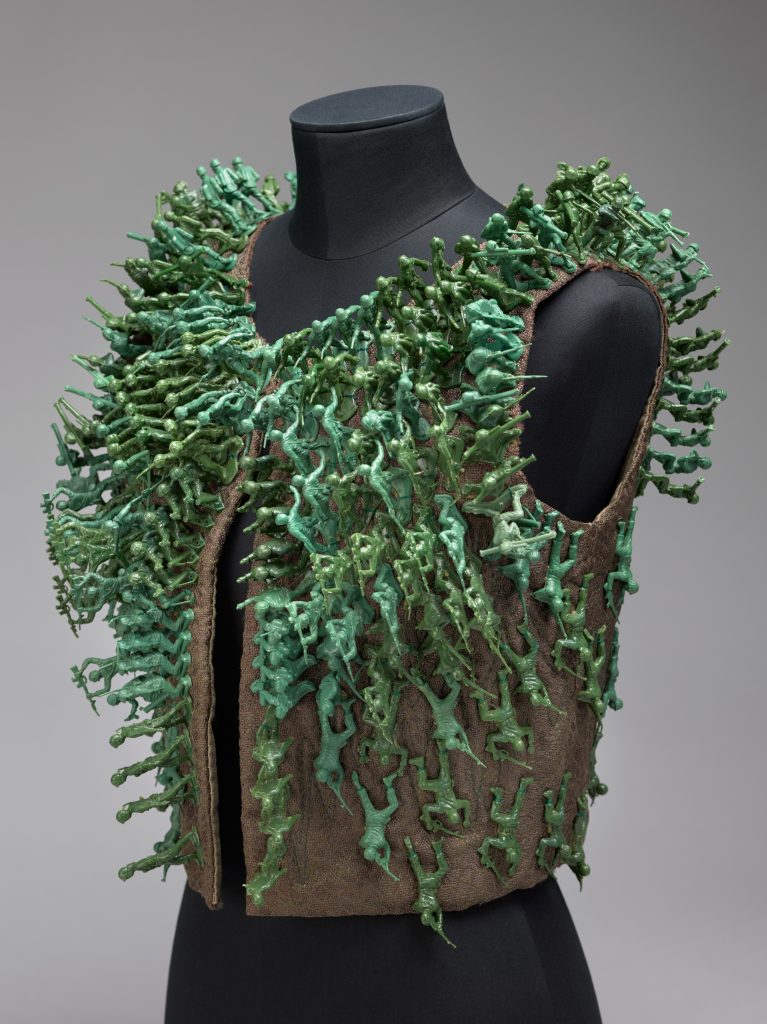
Delaware Art Museum Offers Expanded Literary Programming
The Delaware Art Museum is quickly becoming the literary heart of Wilmington, Delaware, expanding on the success of its wildly popular Wilmington Writers Conference to create a wealth of free literary programming for Delaware’s growing community of writers and readers.
Those Delawareans still mourning the closing of Wilmington’s Ninth Street Book Shop, rejoice! The Delaware Art Museum Store is now an official independent bookstore, offering a variety of books in addition to its usual assortment of gifts and souvenirs. As members of the American Booksellers Association, the Store recently celebrated its first Indie Bookstore Day. The Store also commemorated Banned Books Week by offering a variety of banned books chosen by members of the Museum Associate team as well as the Museum’s Librarian and Archivist, Rachael DiEleuterio. In addition, DiEleuterio and the Store team collaborated to offer custom journals and ephemera modeled after books in the Museum’s astounding collection of more than 3,000 rare, decoratively bound books.
The Store is also thrilled to host a chapter of the Well-Read Black Girl Book Club in partnership with the American Booksellers Association and One Village Alliance. Chandra Pitts of One Village Alliance hosts monthly gatherings discussing Young Adult books chosen by the Well-Read Black Girl team. The club is also a part of One Village Alliance’s “Girls Can Do Anything!” initiative.
“It’s been such a privilege for One Village Alliance to partner with the Delaware Art Museum Store to bring a national reading initiative to Wilmington,” says Pitts. “Well-Read Black Girl is directly in line with ‘Girls Can Do Anything!’ in that it not only celebrates, supports, and inspires Black girls, but it includes all genders, ages, and ethnic/racial backgrounds. It creates such a fun space to get to know a diverse group of people in a comfortable environment that fosters a lifelong love for literature.”
The Well-Read Black Girl Book Club meets once a month in the Store and is suitable to anyone age 13 or older. The inaugural meeting featured a read-aloud and lively discussion led by Pitts. The Store’s Instagram page, @delartstore, posts check-ins and periodic updates on the club, and the Store offers the titles for this book club at a 20 percent discount.
The Well-Read Black Girl Book Club is just one of the book clubs flourishing at the Museum. The DelArt Readers is a monthly book club that discusses literature connected to art, often drawing on the Museum’s collections and special exhibitions for inspiration. One 2020 title is Circe by Madeline Miller, which provided inspiration for artist Angela Fraleigh’s latest work, Sound the Deep Waters, currently on view at the Museum through April 2020. Another pick, In Sunlight or In Shadow: Stories Inspired by the Paintings of Edward Hopper, edited by Lawrence Block, features short stories by such literary heavyweights as Megan Abbott, Joyce Carol Oates, and Stephen King. A selection of DelArt Readers books will be available for purchase in the Museum Store.
The Museum is wrapping up its literary programming for 2019 with the End of Year Writers Gathering and Open Mic on Thursday, December 12. Guests will meet fellow writers, learn more information about literary events, and hear a variety of poetry and prose at the Open Mic. The last event featured slam poetry, a reading from former Delaware Poet Laureate JoAnn Balingit, and even juggling! Participants are encouraged to register in advance and arrive on time to snag a reading slot.
“It’s really unique to see a community bookstore within a museum,” says Jessa Mendez, the Lead Museum Associate who works on literary programming alongside Store Supervisor, Jeanie Robino. “Jeanie and I are so excited to be a part of this literary evolution through our work in the Museum Store. I began my relationship with the Museum through literary programming, so it’s amazing to see how much the writing community has grown in this time. We’re creating an inclusive space and encouraging conversations around literature and art, and I’m so grateful to be a part of this vision.”
Plans are already underway for the fourth annual Wilmington Writers Conference, which includes a full day of breakout sessions, a panel discussion, and a keynote on a summer Saturday. More details will be announced in spring 2020.
About the Delaware Art Museum
For over 100 years, the Museum has served as a primary arts and cultural institution in Delaware. It is alive with experiences, discoveries, and activities to connect people with art and with each other. Originally created in 1912 to honor the renowned illustrator and Wilmington-native, Howard Pyle, the Museum’s collection has grown to over 12,000 works of art in our building and sculpture garden. Also recognized for British Pre-Raphaelite art, the Museum is home to the largest and most important Pre-Raphaelite collection outside of the United Kingdom and a growing collection of significant contemporary art.
Under the leadership of our Board of Trustees, the Delaware Art Museum is implementing a comprehensive approach to community and civic engagement. This exciting new strategic direction requires that we increase our value and relevance to all audiences. Visit delart.org to for the latest exhibitions, programs, and performances or connect with us via social media.
Thank you to Cynthia Smith, Marketing Manager, The Delaware Art Museum, for the content of this post.
Like DoNArTNeWs Philadelphia Art News Blog on facebook
Follow the new DoNArTNeWs.com
Follow DoN on Twitter @DoNNieBeat58
@donniebeat on Instagram
Affiliate Marketing [disclosure page] Shop on-line and help support DoNArTNeWs
Donate via safe and secure PayPal in the sidebar.
DoNArTNeWs – celebrating eleven years reporting on Philadelphia artists and art.

